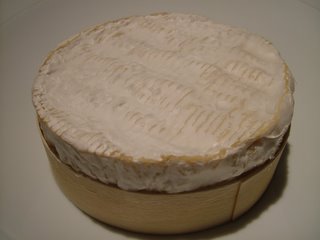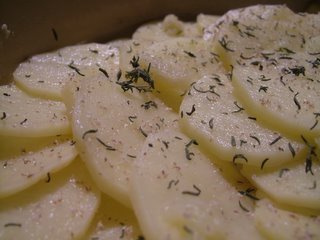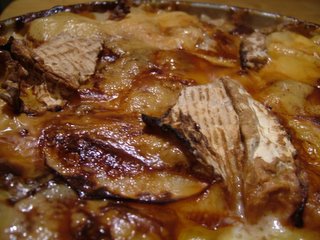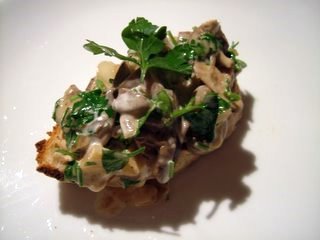A quick and dirty breakfast dish. This is just perfect for Sunday mornings in bed with a tray, the papers and a very good friend. This hash is all made in one pan, salty from the salmon, studded with tart capers and stickily sweet from the sweet potatoes. A good squirt of lime juice to counter that sweetness and a spoonful of herby crème fraîche – who could ask for more?
If you do plan on making this for breakfast, it’s worth chopping the potatoes and making the crème fraîche the night before so you can operate on autopilot in the morning without having to go anywhere near sharp knives.
To serve two (with some leftovers – we like leftovers round here), you’ll need:
3 large sweet potatoes (make sure these are the ones with golden flesh)
3 large shallots
250g cold-smoked salmon
1 handful chives (plus a teaspoon to garnish)
1 handful parsley (plus a teaspoon to garnish)
½ handful tarragon
200g crème fraîche
2 heaped tablespoons rinsed capers
Juice of 2 limes
1 tablespoon butter
1 tablespoon olive oil
2 eggs
Salt and pepper
Start by making the crème fraîche. Just stir in the chopped herbs, keeping some aside to garnish the finished dish, 1 tablespoon of the capers, 1 raw chopped shallot and the juice of a lime. Set aside in the fridge and stir before serving.
To make the hash, dice the peeled potatoes and cut the remaining shallots into slices. Fry in a large pan over a medium heat in the butter and olive oil mixture, stirring regularly, until the edges of the potato pieces are caramelising and turning a golden brown.
Check that the sweet potato is cooked through (poke with a chopstick to test for softness) and tip the salmon and remaining capers into the pan. Toss with a wooden spoon until the salmon is all opaque, then sprinkle over the juice of the remaining lime. Check for seasoning. Spoon the finished hash into serving bowls, dress with the reserved herbs, add a tablespoon of the crème fraîche and top off with a fried egg.






